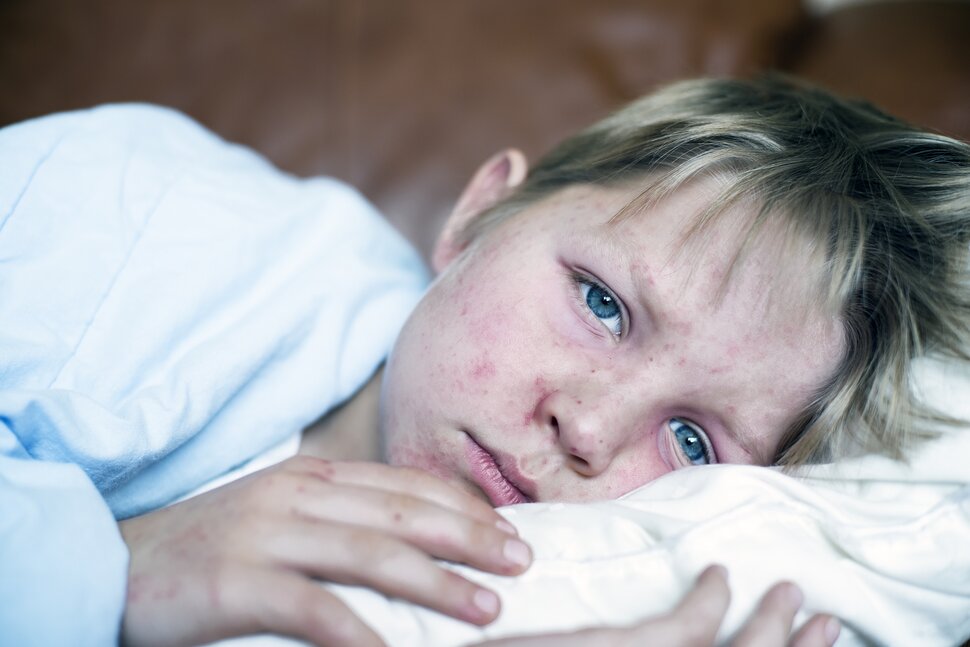Written by David Higgins | Conversation
“Don't count your child in the count until measles is over.'' Dr. Samuel Katz, one of the pioneers who developed the first measles vaccine in the late 1950s and early 1960s, said: I regularly heard this tragic statement from parents in countries where vaccines were not yet available. measles.
The United States is no exception. The country is on track to have one of its worst measles years since 2019, when Americans experienced the largest measles outbreak in 30 years. As of mid-February 2024, at least 15 states have reported measles cases and multiple ongoing uncontained outbreaks.
As this measles crisis unfolds, measles vaccination rates in the United States are at their lowest levels in a decade. Prominent figures like Florida's Surgeon General are responding to local outbreaks in ways that go against science and public health recommendations. The spread of misinformation and disinformation by anti-vaccination activists online is further reinforcing the false belief that measles is not a serious health threat and that measles vaccination is not required.
But the evidence is clear. Measles is extremely dangerous for everyone, especially young children, pregnant people, and people with weakened immune systems. However, there are simple and effective tools available to prevent it.
Measles is a serious disease
Measles is one of the most deadly infectious diseases in human history. Before a vaccine became available in 1963, approximately 30 million people worldwide were infected with measles each year and 2.6 million people died from measles. In the United States, measles is responsible for an estimated 3 to 4 million infections. Of the reported cases, 48,000 people are hospitalized each year, 1,000 develop encephalitis or brain swelling, and 500 die.
Measles is also one of the most contagious infectious diseases. Without protection from a vaccine, up to nine out of 10 people who come into contact with an infected person will become infected, according to the Centers for Disease Control and Prevention. The measles virus can remain in the air for up to two hours after an infectious person leaves the room and can infect others. Measles can hide in the victim's body unnoticed for one to two weeks, sometimes up to 21 days, before symptoms appear. Infected people can spread measles for up to 4 days before the characteristic rash develops, and for up to 4 days after the onset of symptoms.
Early symptoms of measles are similar to those of many other viral illnesses common in the United States, including fever, cough, runny nose, and red eyes. A few days after symptoms begin, characteristic small white spots develop in the mouth and a rash on the face spreads to the rest of the body.
Most people's symptoms improve, but 1 in 5 unvaccinated children will be hospitalized and 1 in 1,000 will develop brain swelling that can cause brain damage, with up to 3 in 1,000 people die. For unvaccinated pregnant people, measles infection can cause miscarriage, stillbirth, premature birth, and low birth weight babies.
Even after you appear to have fully recovered, you remain at risk for serious complications from measles. In rare cases, people may experience a brain disease called subacute sclerosing panencephalitis that develops 7 to 10 years after infection and can lead to memory loss, involuntary movements, seizures, blindness, and ultimately death.
Beyond these individual health impacts, the economic costs to society of containing measles outbreaks are significant. For example, the 2019 measles outbreak in Washington state was estimated to cost $3.4 million. The efforts needed to control measles outbreaks have diverted millions of dollars worth of critical resources from other critical public health functions, such as ensuring food safety, preventing injury and chronic disease, and responding to disasters. is being taken away.
Vaccines prevent measles
Why put communities at risk and tolerate the social costs of measles when effective and safe tools are available to protect everyone?
They are victims of their own success, as the measles vaccine is highly effective and provides lifelong protection for more than 97% of people who receive two doses. Most people in the United States are unaware of the seriousness of the disease, as the initial rollout of the measles vaccine reduced measles cases by 99% compared to before the vaccine was available.
Despite the success of a highly effective vaccination program in the United States, anyone in the community can still come into contact with measles. Measles is most often brought into the United States by returning unvaccinated American travelers, but occasionally by foreign travelers. For people traveling internationally, the threat of measles exposure is even greater, with many destinations experiencing widespread outbreaks.
Public health leaders who embrace and promote vaccination and follow simple, proven disease containment strategies can help prevent the spread of measles. Measles causes too many preventable illnesses, complications, hospitalizations, and deaths.


